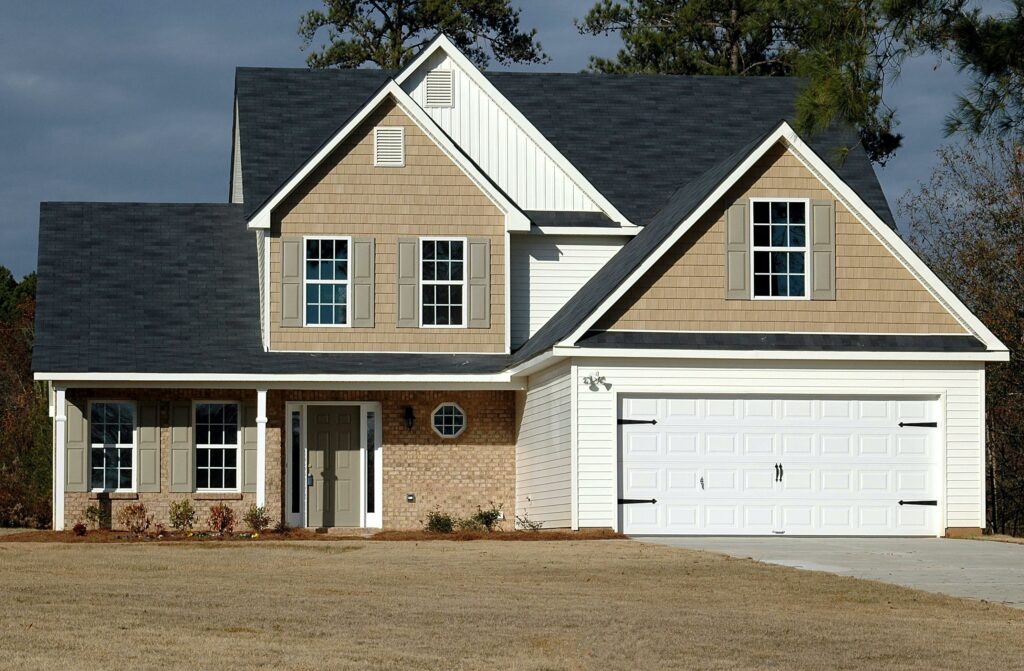Your garage door isn’t just a barrier between your home and the elements; it’s also a crucial part of your home’s aesthetic appeal and security. Whether you’re installing a new system or working on repairs and maintenance, there are crucial tips that every homeowner should be aware of. This comprehensive guide explores the fundamentals of garage door care and offers insights on how to ensure your system runs smoothly for years to come.
The Basics of Garage Door Installation
One of the most challenging tasks for any homeowner is installing a garage door. It’s a complex system that involves many parts, each vital to its operation and safety features. Here are the essential steps and considerations you need to take into account when installing a garage door.
Selecting the Right Door
The first step is choosing the right door for your needs. Material and design must align with the style of your home, and you must also consider insulation, especially if you live in an area with extreme temperatures. You can also click here and explore the types of garage door services that help with the selection process, including understanding the R-value of insulation and the best materials for weather resistance.
Professional Repairs
More complex issues, such as repairing or replacing broken torsion springs or installing a new opener, should be left to professionals. These components are under high tension and should only be handled by trained technicians. You can also click here and explore the types of garage door services that have professionals on hand to address these more significant repair needs. This will give you peace of mind knowing that the job is being done safely and correctly.
Preparing the Area
Proper space preparation is essential to ensure a smooth installation. This includes clearing the area of any obstructions, checking and reinforcing the frame as needed, and leveling the surface to prevent the door from running into complications.
Installing the Tracks and Rollers
The horizontal tracks must be precisely level and parallel. The vertical tracks should be plumb, ensuring that the door sections travel on an even path. High-quality rollers with ball bearings, rather than cheap steel rollers that can grind, will make a significant difference in the long-term smoothness of the door’s operation.
Attaching the Springs
Garage door springs are under high tension, and improper installation can lead to significant injuries. Extension springs run along the door’s sides, while torsion springs are oriented above the door. Both types require careful attention to safety protocols and adjustment to the door’s weight for proper balance.
Setting Up the Opener
Your garage door opener should be installed according to the manufacturer’s instructions, which will include mounting the motor unit in a location that provides a solid connection to the ceiling or wall. Properly secured supports will reduce vibration, which can cause the opener to fail prematurely.
Inspect and Test the System Monthly
Conduct visual inspections and listen for any unusual sounds during operation. Testing your garage door’s balance can be as simple as disconnecting the opener and operating the door manually. If it doesn’t stay put, the balance is off, which can cause premature wear on the opener and other parts.
Lubricate Moving Parts
Regularly apply a high-quality lubricant to the rollers, hinges, springs, and the opener’s drive mechanism. Always use the lubricant recommended by your door’s manufacturer.
Tighten Loose Hardware
Check and tighten any loose bolts, nuts, and screws as part of your monthly inspection. Vibration from normal operation can cause hardware to loosen over time.
Keep It Clean

Regularly clean the tracks with a damp cloth to remove dirt and hardened grease that can cause the door to bind. Concentrate on the rollers, and wipe them down with a clean, dry cloth.
Understanding and faithfully performing these simple maintenance tasks will help you avoid costly repairs and keep your system functioning properly.
Handling Repairs with Caution
When it comes to garage door repair, safety should be your number one priority. Some repairs can be done by the DIY enthusiast, but others should always be performed by a professional. Simple fixes like replacing weather stripping or lubricating moving parts are generally safe for homeowners to do themselves. Following proper safety procedures and using caution with any task is crucial.
Your garage door is an important part of your home that often goes unnoticed until it poses a problem. Understanding the basics of installation, performing routine maintenance, and knowing when to call in the experts can save you time, money, and potential injuries. Whether you’re doing it yourself or relying on professional services, the key is to never overlook the care and attention that your garage door requires. A little maintenance now can prevent a whole lot of trouble down the road.


